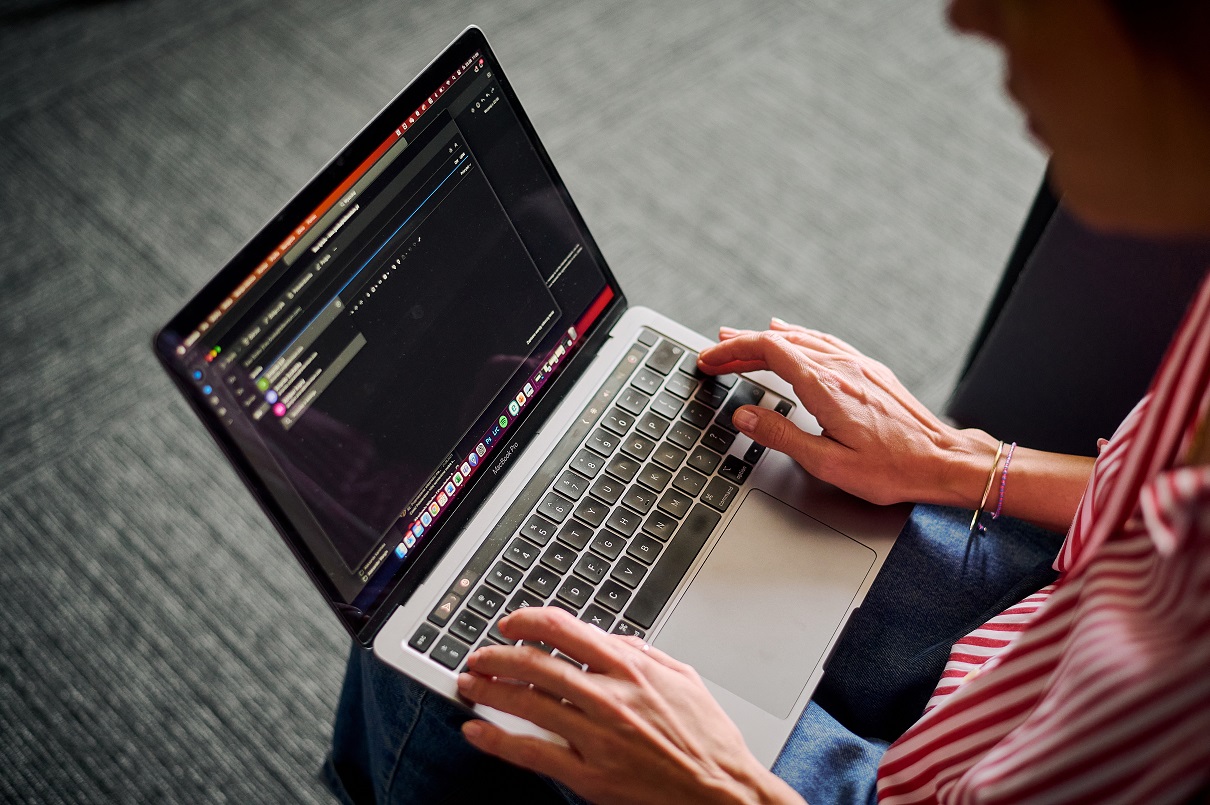Internet of Things (IoT) is a network of interconnected devices. The most important tasks of the IoT are collecting data, analyzing and taking appropriate actions, depending on the context, without human intervention.

According to a report issued by the Gartner research company, we can expect 20 billion devices connected to the IoT in 2020. It is worth adding that we are not talking about mobile phones or computers, but dedicated devices equipped with appropriate sensors and electronic mechanisms. An example would be a Raspberry Pi with embedded sensors.
On the other hand, the latest International Data Corporation (IDC) forecast says that 41.6 billion devices will be connected to the IoT by 2025.
The above two reports indicate the direction in which the market will develop as well as the huge demand for IoT solutions.
Microsoft Azure IoT
Microsoft follows the market requirements and has a large range of IoT solutions based on the Azure cloud computing. I would like to show you the main Microsoft Azure services that will help you create an intelligent IoT solution.

IoT Hub: a gateway
It is a key service for any IoT solution. It primarily serves as a cloud gateway that connects all devices to the cloud and establishes communication between them.
The IoT Hub supports protocols such as HTTP, AMQP and MQTT. It is worth mentioning that the IoT Hub can accept millions of messages. Additionally, thanks to the IoT Hub, we can manage devices and authorization.

What if we do not have permanent Internet access?
Let us imagine a situation in which a given device does not have permanent access to the Internet. An example would be a container ship that sails on the oceans. The Azure IoT Edge is the answer to such situations. This service allows you to implement and run Azure services, such as Azure Cognitive Services, Machine Learning, Stream Analytics, or your own solutions only on the device, without the need to send data to Azure via the Internet. Once the device has access to the Internet, it can send data to Azure for further processing.

It is worth adding that the Azure IoT Edge is available as an open-source project on GitHub.
Real-time telemetry
When we want to view data from devices in almost real time, we can use the Azure Time Series Insights. This service is responsible for data storage and visualization.
The Time Series Insights provides APIs available via REST or WebSocket, so you can use the service in your applications. Importantly, the Time Series Insights natively integrates with the Azure Event Hub.

Multi-device management
The device can send data to our cloud only upon authentication. Of course, you can add a single device manually, but what if we have hundreds, thousands, or even millions of devices? In addition, we can use many IoT Hubs in our solution in different regions of the world, and in such a case, we would like the device to communicate with the nearest IoT Hub in order to reduce data transmission across many regions of the world.
The solution is to use the Azure Device Provisioning Service which helps the Azure IoT Hub to automatically enroll devices without human intervention. This service enables the enrollment of up to millions of devices.

- The device manufacturer adds the device enrollment information to the enrollment list on the Azure Portal.
- The device communicates with the Azure DPS providing identification data to confirm its identity.
- The Azure DPS verifies the identity of the device.
- The Azure DPS enrolls the device with the corresponding Azure IoT Hub and sets the desired device status.
- The Azure IoT Hub returns the device identifier to the Azure DPS.
- The Azure DPS returns to the IoT Hub information about connection to the device. The device can now send data to the Azure IoT Hub.
- The device connects to the appropriate Azure IoT Hub.
- The device receives the desired device status from the IoT Hub.
Internet of Things and security
Due to the enormous increase in the number of devices and the use of IoT devices, security issue must not be forgotten. In your solutions, you should also remember about the risks associated with inadequately secured tools or communication with the cloud. Unfortunately, many devices may currently be inadequately secured and are a potential area of hacker attacks. The Microsoft Azure IoT services focus on security first. The Azure IoT Hub encrypts communication using the Transport Layer Security. Access to resources for devices occurs through the token verification.

In addition, it is worth becoming familiar with the Azure Defender for IoT or Azure Security Center.
Use of the IoT
The IoT is currently used in many industries and sectors of the economy, including:
- smart cities;
- health service;
- industry;
- agriculture;
- telecommunications;
- transport.
As you can see above, intelligent devices are widely used and it can be concluded that in almost every company there is room for introducing IoT solutions.
The innovation in the form of the Internet of Things is already in place and will continue to grow at a very fast pace. This is an area of enormous opportunities for companies to gain competitive advantage in their industry, despite the fact that we are at the beginning of transformation.
Businesses that will find an interesting and innovative way to use the Internet of Things to improve their services and processes by undergoing a digital transformation can gain advantage over their competitors.
I encourage you to participate in the process of technological transformation that is happening before our eyes.














